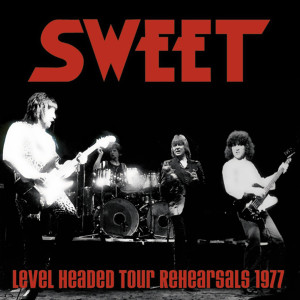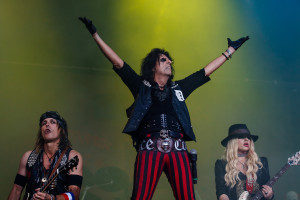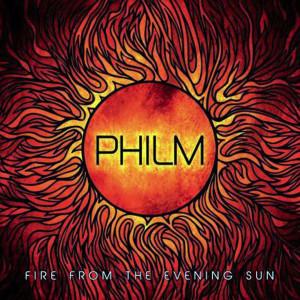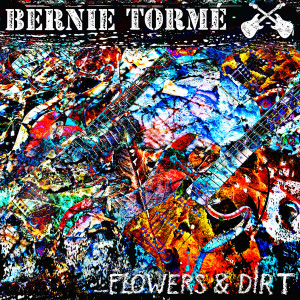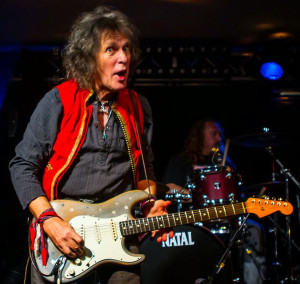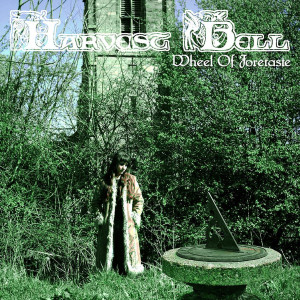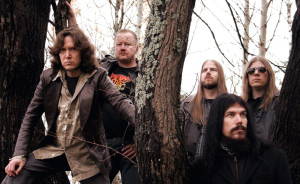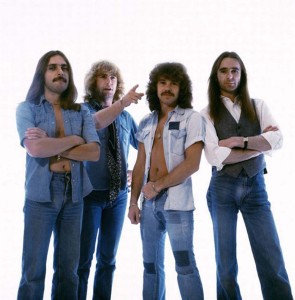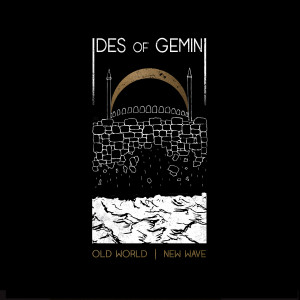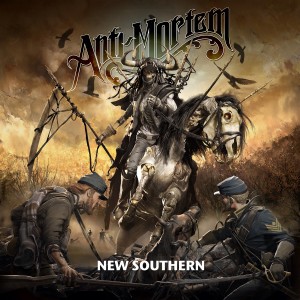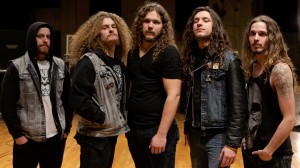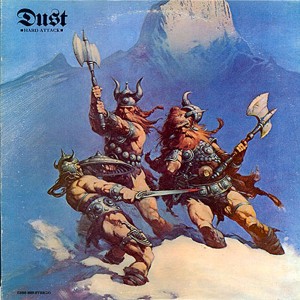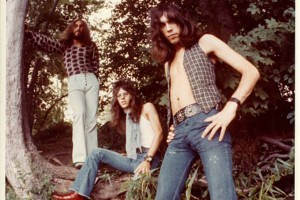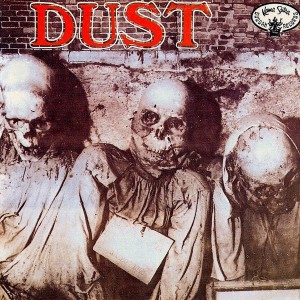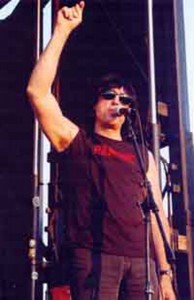(ANGEL AIR RECORDS; 2014)
A couple of albums after my all-time favorite Sweet record (GIVE US A WINK), the band was digging in with a new record label in the UK (they went from RCA to Polydor; they maintained their long-term relationship with Capitol in the States). The band’s sound had already started to shift to a more middle-of-the-road (MOR), more “mature” approach on the previous release, OFF THE RECORD, but LEVEL HEADED would be the album that gave them their first hit single of this new era, “Love Is Like Oxygen.” Before the LEVEL HEADED record had even been released, the band started making plans for their first tour in over a year; they retooled the stage show, jettisoning all of their better known pre-1973 tunes in favor of more music from the OFF THE RECORD and LEVEL HEADED albums (performing all of the songs from the latter… a very bold move back then); they worked up new arrangements for many of the more familiar tunes for a more cohesive live experience (for the first time, the band would be working with sidemen to bring the newer, more keyboard heavy cuts to life on stage: Gary Moberly on keyboards and Nico Ramsden as second guitarist). Under normal circumstances, after more than a year away from the stage, a group needs a certain amount of rehearsal time to get up to speed; working on the total overhaul they envisioned for the LEVEL HEADED tour, the band convened at Shepperton Studios somewhere near the end of September, 1977 to prepare for the tour, which kicked off in February, 1978, a couple of weeks after the album’s release. The release of LEVEL HEADED TOUR REHEARSALS 1977 – which has made rounds on the bootleg circuit for many years – offers a glimpse of the new sound and, warts and all, the progression from bold idea to masterful fruition.
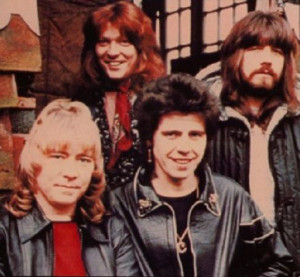
This set begins with a pair of GIVE US A WINK tunes. First up is theirfinal great, balls-to-the-wall single, “Action.” In this new arrangement, the keyboards take an even more prominent role than they had on the studio version and the second guitarist adds his own spin, quite apart from what Andy Scott’s signature sound offered; this new take isn’t really all that bad, just different. Of course, the vocals seem a bit thin in comparison to the multi-layered studio sound, which is to be expected with only the four unadorned voices of the band on display in a live setting. “Yesterday’s Rain” is one of my absolute favorite tracks from …WINK. Brian Connolly’s voice sounds particularly ragged here, but still strong. Scott’s fierce soloing and the harmony work he does with Ramsden are, indeed, awesome to behold (in a totally aural fashion). I would have loved to have seen the boys perform this one live! “California Nights” is a softer, more melodic tune from LEVEL HEADED, with a nice Steve Priest lead vocal. It’s a definite sign of things to come as the band moved in a more mature, hard rock vein. A cool, single-only track from the LEVEL HEADED period, “Stairway To the Stars,” rocks a little harder and features those high, piercing backing vocals for which the group is so well known. “Dream On,” an understated keyboard ballad, works as a nice interlude or transitional piece. Andy Scott’s voice highlights another ballad, “Lady Starlight,” a signal that the guys are definitely looking to soften their image on the new tour.
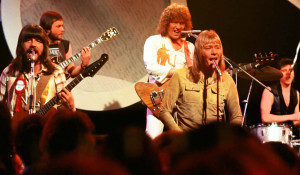
“Lady of the Lake” is as unlike the Sweet‘s brash style as possible, a gentle renaissance-like piece. Listening to “Fountain,” a mid-tempo rocker that may best represent the group’s output at this time, puts me in mind of the 1973 Wishbone Ash classic, WISHBONE FOUR. The song features classic Ash-style harmony guitars and is highlighted by a cool slide solo and a memorable bass line from Steve Priest. “You’re Not Wrong For Loving Me,” a rare B-side from 1971, sounds ragged and not in synch at all; the guitars and voices seem to be doing different tunes. But, then, working out those types of kinks is what rehearsals are for, right? “Fox On the Run” gets an upgrade (not the original arrangement was bad) with a more keyboard heavy, radically different version of the stomping rocker. Oftentimes, a new arrangement can revive a tired classic or reinvigorate a band; you get both here. “Air On ‘A’ Tape Loop” is one of those wonky synthesizer/keyboard kinda experimental number that’s intended to show a group’s growth as musicians. Uh… okay.
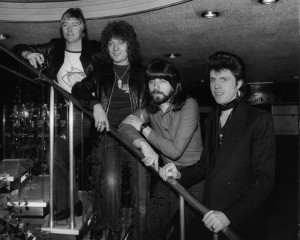
Another early B-side, “Done Me Wrong Alright,” once more recalls the more melodic sounds of Wishbone Ash. Connolly belts the tune out like the Brian of old but, the overall feel on this number points to the four core members of the group reaching a bit too far to make a point and in trying to make full use of their new hired guns. That’s borne out by an extended organ solo. The solo isn’t bad, but with Andy Scott shreddingon guitar before and after, I would have preferred a shorter solo from Andy or maybe another harmony piece with Ramsden, keeping the organ as a rhythm instrument. A kind of stripped down version of the then-current hit single, “Love Is Like Oxygen,” works far better than the distinct disco groove of the studio version. Brian’s voice sounds more natural on this type of tune at this point in his career, which may have been a considering factor in the Sweet exploring this subtler sound. “Set Me Free” is a true Sweet raver. The band was playing loose and easy and having fun; you can actually hear the guys laughing at one point, when Brian goes flat. As much as the group wanted to switch gears musically, eight years into their career, this style is their comfort zone and it shows throughout this song. “Sweet FA” is another mid-career barn-burner; the chorale part with the piano works really well and the organ pushes the sound closer to the hard rock land occupied by Uriah Heep and Deep Purple, which ain’t a bad thing. “Windy City” is the one where everybody lets rip. Connolly’s voice sounds like his throat has ripped open and Mick Tucker, Priest and Scott (as well as sidemen Ramsden and Moberly) attack the tune as if it’s their last gasp chance to rock.

LEVEL HEADED was the final album to feature Brian Connolly and the ensuing tour was the last time that this version – the most popular version – of the Sweet performed together. There are clues that the move to a more middle-of-the-road sound may have been precipitated by Connolly’s health problems. If that’s the case, it is a testament to the other three band members that they took the high road (so to speak) by taking the collective foot off the gas to accommodate their friend’s needs. This rehearsal session indicates that all four men were working overtime to make the new tunes work and, whatever the reasons behind the change in style, it is well worth the price of admission for fans of the Sweet, regardless of which era they favored.

